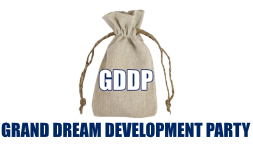The Rule of
President Uhuru Kenyatta
2012 – to date
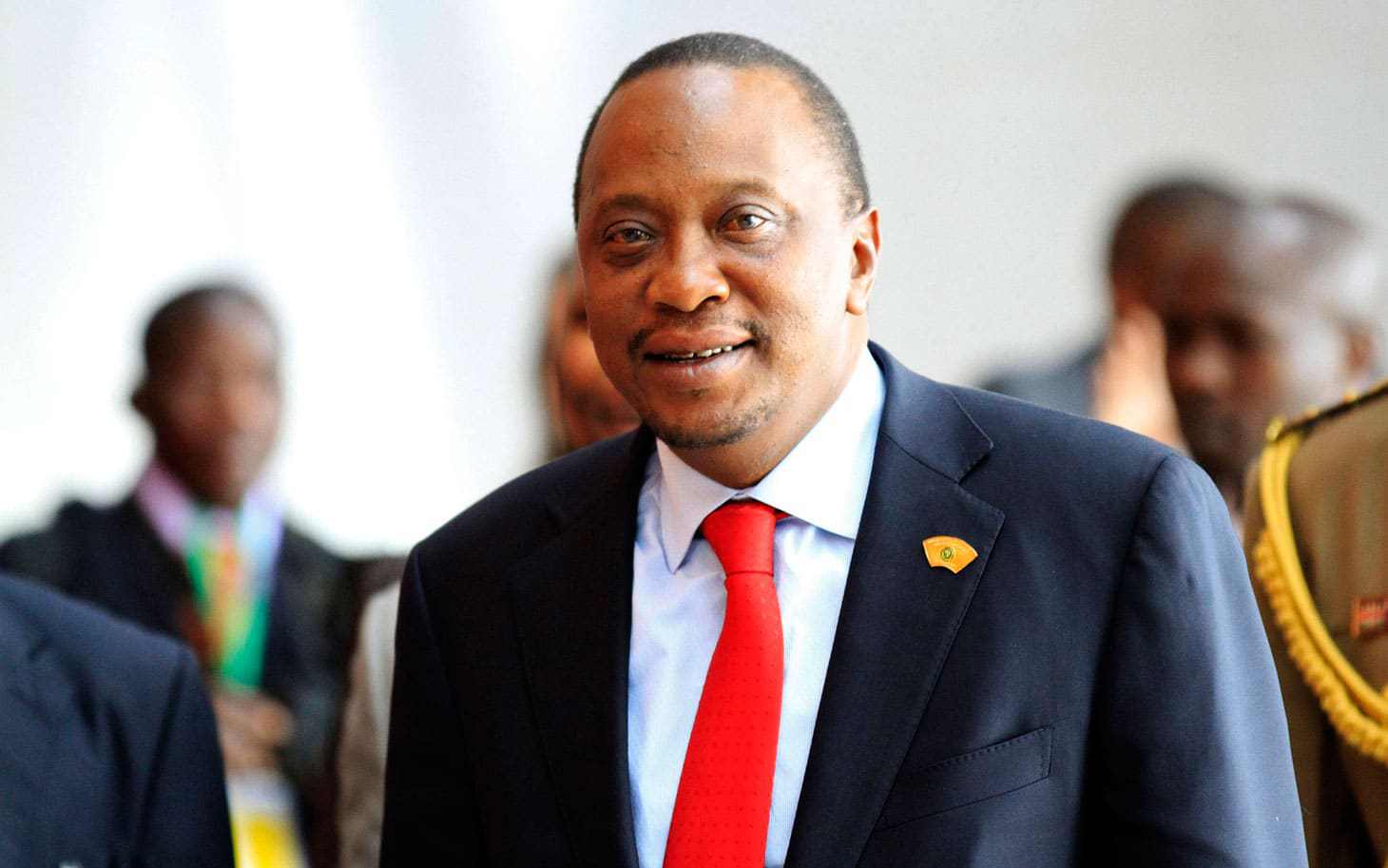
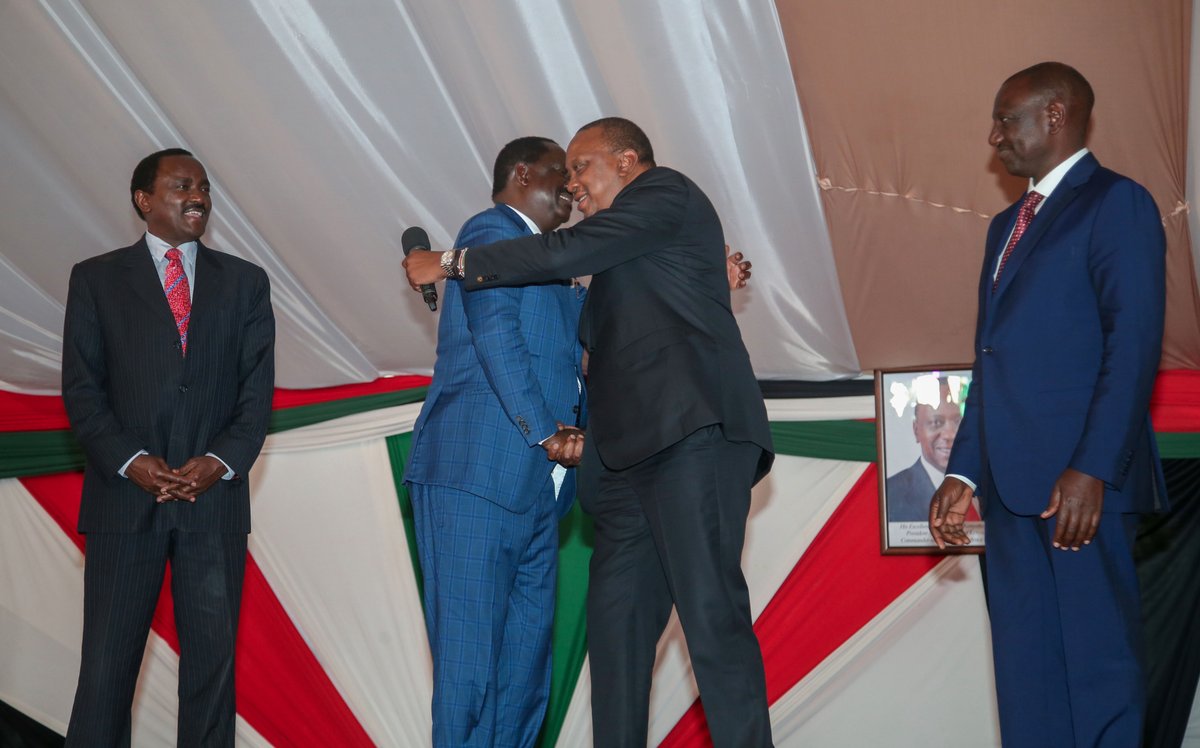
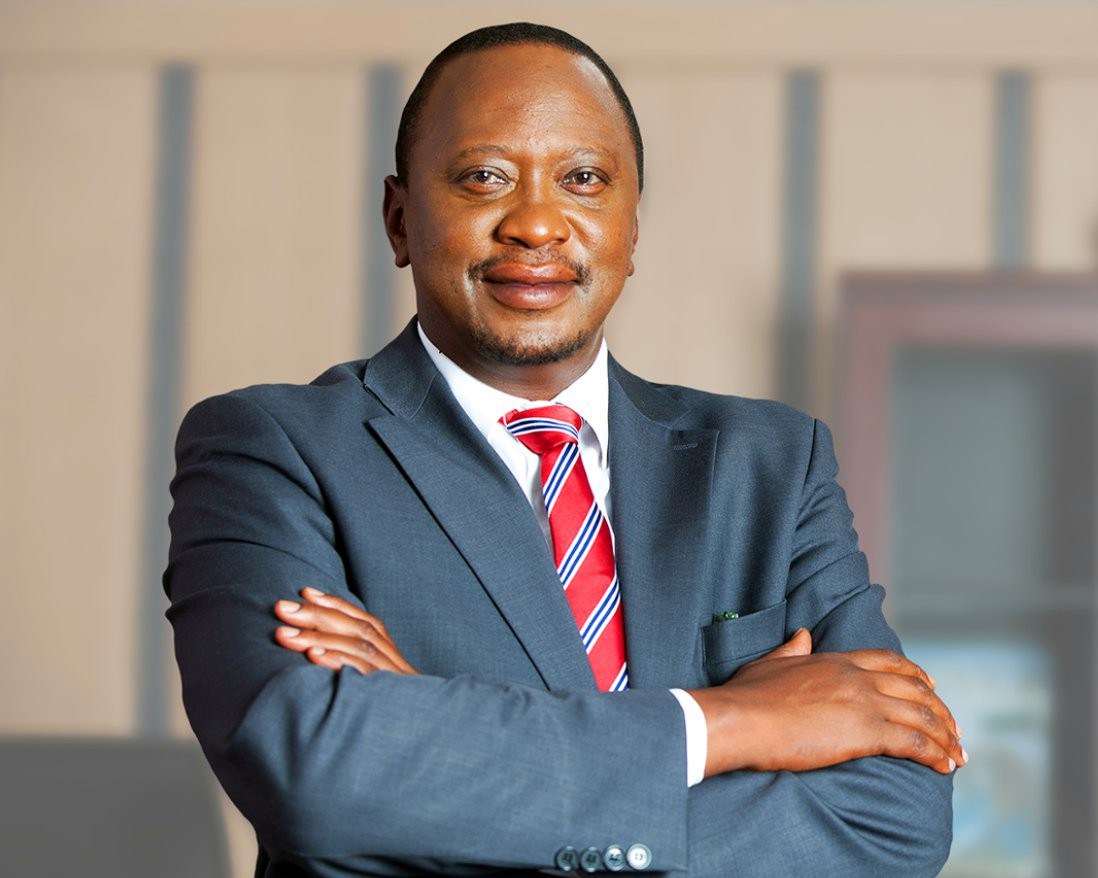
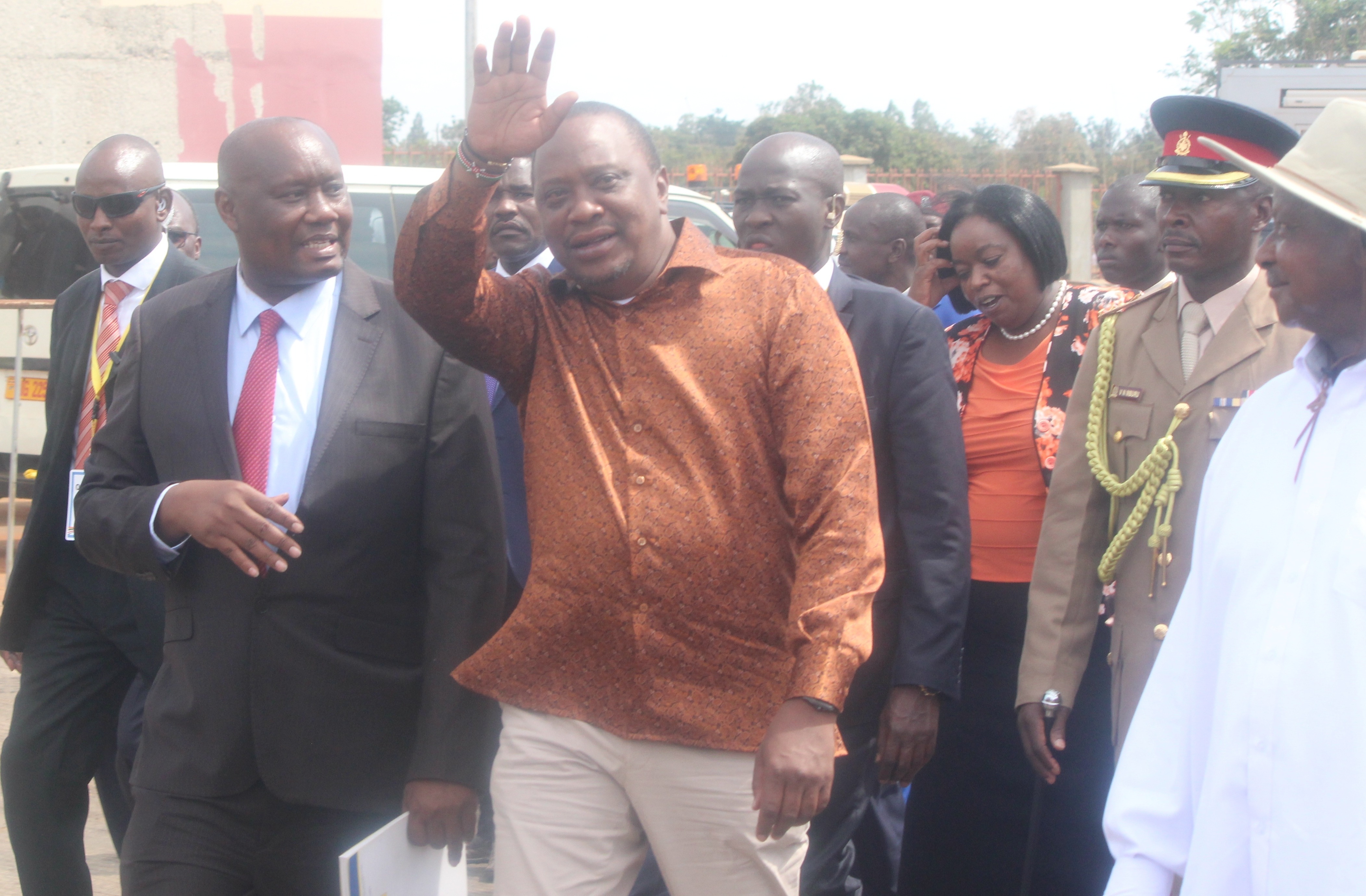
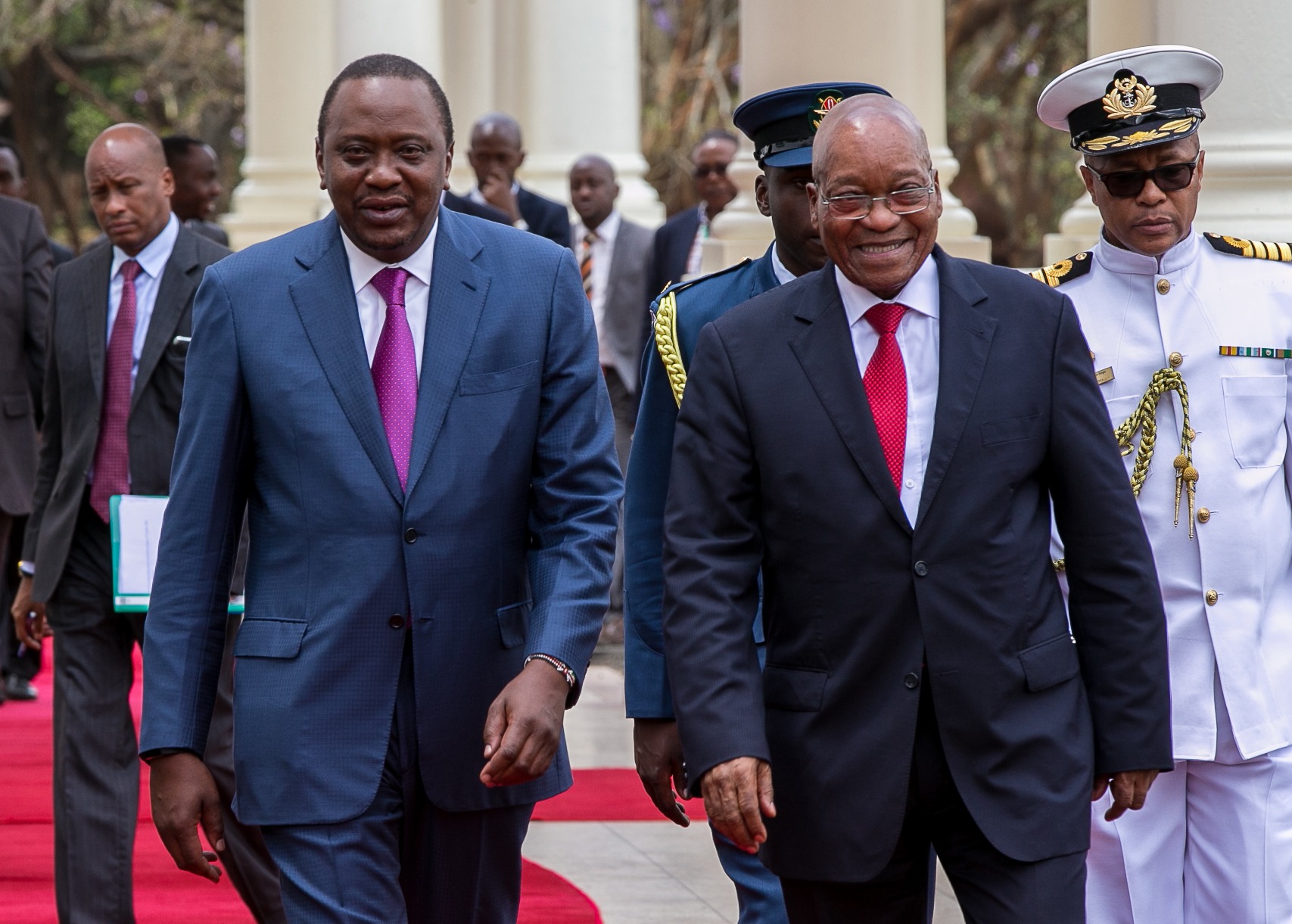

1963–1978
The Rule of Uhuru Kenyatta.
In 20 May 2012, Uhuru Kenyatta attended the elaborately assembled and much-publicised launch of The National Alliance party in a modern high-tech dome at the Kenyatta International Conference Centre. His presence at the TNA launch was a strong indication that he would contest for the party’s presidential nomination ticket in his quest for the presidency in the 2013 General Elections.
The Justice and Constitutional Affairs Minister Eugene Wamalwa and Eldoret North Constituency MP William Ruto led more than 70 MPs in attending the function. The Speaker of the East African Legislative Assembly, Abdi Ramadhan, Cabinet Ministers Mohamed Yusuf Haji, Jamleck Irungu Kamau, Dr. Naomi Shaaban, Samuel Poghisio, Professor Sam Ongeri and Dr. Mohammed Kuti and MPs Charles Cheruiyot Keter, Aden Bare Duale and Mohamed Maalim Mohamud also attended the event.
Speeches at the launch revolved around the need for a thriving economy, the need for the rights of people of all classes in society to be championed, the need for peaceful co-existence, the need for visionary and committed leadership, the need for transformative leadership, the need for a youthful crop of committed professionals in leadership, the need for free and fair nomination and election processes in the General Election, the need for an economically empowered youth and a call to bring an end to divisive and sectarian interests in politics to safeguard Kenya from sliding to dictatorship. Machel Waikenda was the director of communications and secretary of arts and entertainment of the National Alliance, from April 2012 to August 2013 and he led the media and communications department of the party during the 2013 elections.
By-elections (17 September 2012)
On 17 September 2012, The National Alliance party had its first real test when it contested various civic and parliamentary positions in a by-election that covered 17 seats in total; 3 parliamentary and 14 civic. Overall, 133,054 votes were cast in the by-elections and TNA led the pack after it garnered 38.89% or 51,878 votes, followed by Orange Democratic Movement with 33.7% or 44,837 votes, Party of National Unity with 4.46% or 5,929 votes, Wiper Democratic Movement with 4.44% or 5,912 votes and United Democratic Forum with 4.15% or 5,520 votes.
TNA won civic and parliamentary seats in 7 different counties while its closest challengers, ODM won seats in 4 counties. The National Alliance Party remained a strong contender for the following year’s general elections, having received major defections from other big political parties of Kenya. The successful election of TNA’s main candidates (Uhuru Kenyatta and William Ruto) continued to enhance TNA’s viability.
In January 2015, however, TNA merged with URP to form the Jubilee Alliance Party (JAP).
2013 presidential elections
Uhuru Kenyatta’s party, The National Alliance (TNA) joined William Ruto’s United Republican Party (URP), Najib Balala’s Republican Congress Party (RCP) and Charity Ngilu’s National Rainbow Coalition party to form the Jubilee Alliance coalition. Various opinion polls prior to the election placed Uhuru as one of the main contenders, and his Jubilee Alliance as among the most popular. The other formidable coalition was the Coalition For Reform and Democracy (CORD), led by Raila Odinga.
In undercover video footage, released in a BBC news report on 19 March 2018, the managing director of Cambridge Analytica, a political consultancy that worked to elect Donald Trump in the 2016 American presidential election, boasted that his firm had run successful presidential election campaigns in Kenya in 2013 and 2017, though he did not name Kenyatta explicitly. “We have rebranded the entire party twice, written the manifesto, done research, analysis, messaging,” Turnbull said, of the campaigns that his company managed in Kenya. “I think we wrote all the speeches and we staged the whole thing—so just about every element of this candidate.” A Jubilee Party vice president admitted on 20 March 2018, that the party had hired an affiliate of Cambridge Analytica for “branding” in the 2017 election.
Uhuru Kenyatta was officially declared the president elect on Saturday 9 March at 2:44pm.
As per the IEBC’s official results, Uhuru got 6,173,433 of the 12,221,053 valid votes cast ahead of the second placed Raila Odinga who garnered 5,340,546 (43.7%). Uhuru’s result was 50.51% of the vote and was above the 50% plus 1 vote threshold set out in the 2010 constitution, thus making him the president-elect.
Results dispute
There was some discontent with the official results, as would be expected in such a hotly contested election, especially in Raila Odinga’s strongholds. The inordinate delay in releasing the results and the technical failure of some safeguards and election equipment deployed by the IEBC did not help the perception that the election had been less than free and fair.
Further, an exit poll conducted by UCSD Professor Clark Gibson and James Long, Asst. Prof. and University of Washington suggested that neither Odinga nor Kenyatta had attained the 50% plus one vote threshold.Analysts have contended that even though elections for five other levels were held in Kenya at the same time, their national turnout levels and total vote tallies were about 16% less than the presidential total; e.g. while 10.6 million voters elected candidates for member of the National Assembly, the Senate and the 47 gubernatorial seats, almost 2 million more voted in the presidential election. This has fuelled concern and speculations of vote manipulation in President Kenyatta’s favour.
Two groups disputed these results and filed petitions challenging various aspects of it at the Supreme Court of Kenya to contest the result. The groups were the Coalition For Reform and Democracy, CORD, led by Raila Odinga, and the Africa Centre for Open Governance (AFRICOG). Uhuru Kenyatta and his running mate were respondents in these cases and were represented by Fred Ngatia and Katwa Kigen respectively.
Supreme Court ruling
The Supreme court judges unanimously upheld the election of Uhuru Kenyatta as Kenya’s fourth president after rejecting Raila Odinga’s petition in a verdict delivered on Saturday 30 March 2013. Chief Justice Willy Mutunga in his ruling said the elections were indeed conducted in compliance with the Constitution and the law.
Presidential swearing-in
After the Supreme Court dismissed the petitions the swearing in ceremony was held on 9 April 2013 at the Moi International Sports Centre, Kasarani, Nairobi, in accordance to Article 141 (2) (b) of the constitution which stipulates that in case the Supreme Court upholds the victory of the president-elect, the swearing in will take place on “the first Tuesday following the seventh day following the date on which the court renders a decision declaring the election to be valid”.
Feature on Jomo Kenyatta in 1977
Read the Latest Kenyan News.
Shaping the Political Front
News
